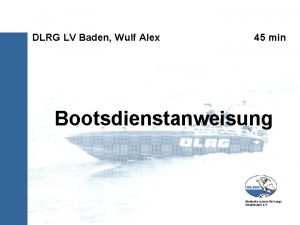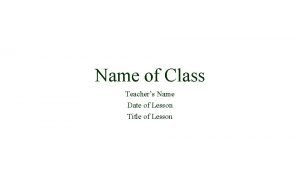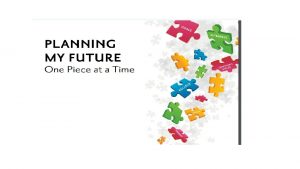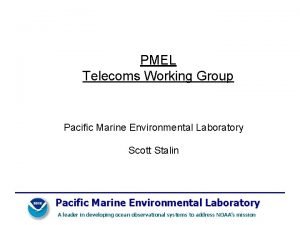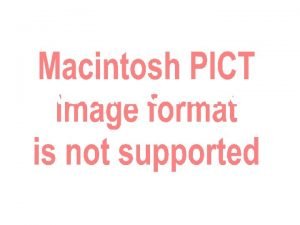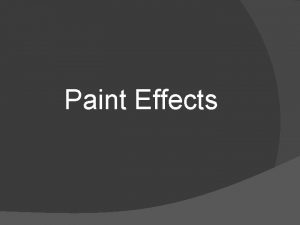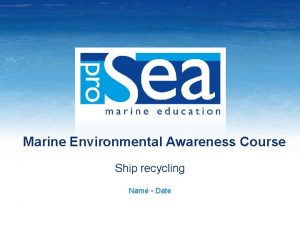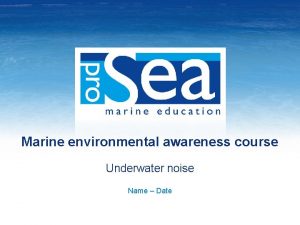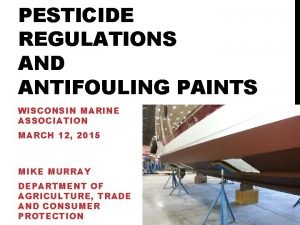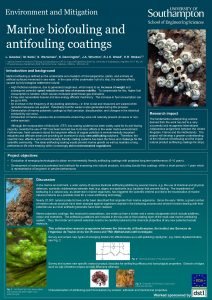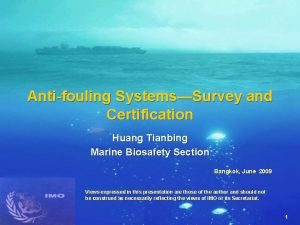Marine Environmental Awareness Course Antifouling paint Name Date









- Slides: 9

Marine Environmental Awareness Course Antifouling paint Name • Date

Antifouling paint Contents 1. Fouling on ships’ hull 2. Antifouling paints using biocides 3. Impacts of antifouling paints 4. Role of shipping 2 Photo credits: International Paint/Green Award Foundation

1. Fouling on ships’ hull Fouling by: • micro-organisms (slime layer), • sea weeds, • shellfish (such as molluscs and barnacles) • … Up to 150 kg per square meter Up to 40% more fuel consumption 3 Photo credits: International Paint

2. Antifouling paints using biocides Biocide = a substance that kills organisms History: - Copper plates - Lime - Arsenic / mercury - Pesticides such as DDT Since the 70 s: TBT (tributyltin) - Self polishing paints - Very toxic: - Reduced fouling effectively - BUT also damaged other marine life! 4 Photo credits: International Paint

3. Impacts of antifouling paints TBT characteristics and effects: - Very toxic - Imposex (72 species) - shell deformations (oysters) - immune responses - neurological and genetic effects - Bioaccumulates - Highly persistent female whelk with imposex 5 Photo credits: unknown / Royal Netherlands Institute for Sea Research, NIOZ

Antifouling paint Contents 1. Fouling on ships’ hull 2. Antifouling paints using biocides 3. Impacts of antifouling paints 4. Role of shipping 6 Photo credits: International Paint/Green Award Foundation

The International Convention on the Control Of Harmful Anti-Fouling Systems entered into force in 2008 TBT is prohibited, common paints with biocides are now: 1. Paints with other biocides than TBT – mostly copper and zinc 2. Paints with (agricultural) pesticides 3. Paints with natural biocides Negative effects of copper have been reported as well … 7

Biocide-free anti-fouling systems 1. Non-stick coatings - very smooth, polished surfaces (silicones, Teflon) 2. Systems using electricity – creating chlorine 3. Ultrasonic systems – sound as a repellent 4. Prickly coatings - Covering the ship’s hull with microscopic hairs that make it impossible for marine organisms to attach 5. Periodical scrubbing 8 Photo credits: International Paint

Questions? 9


